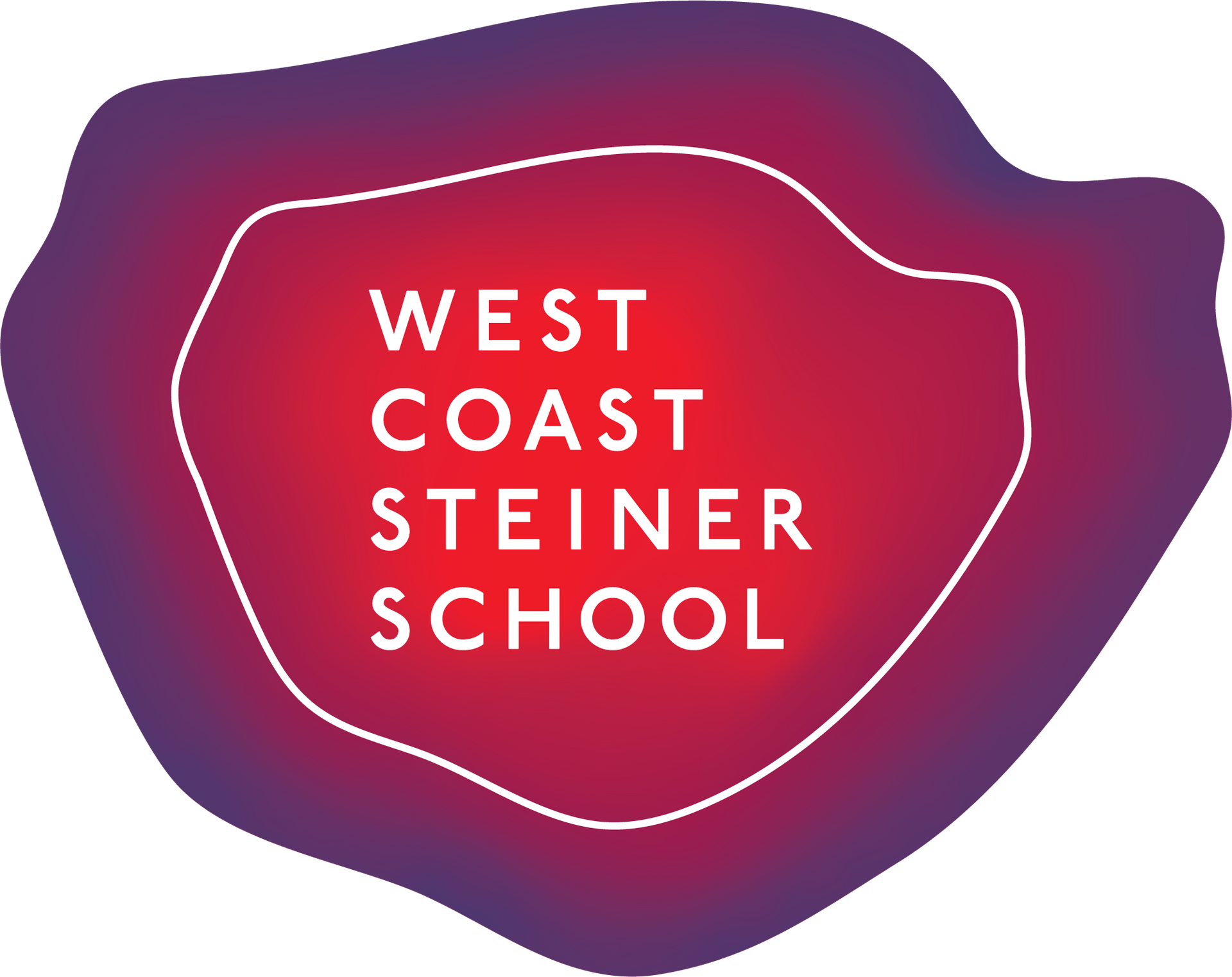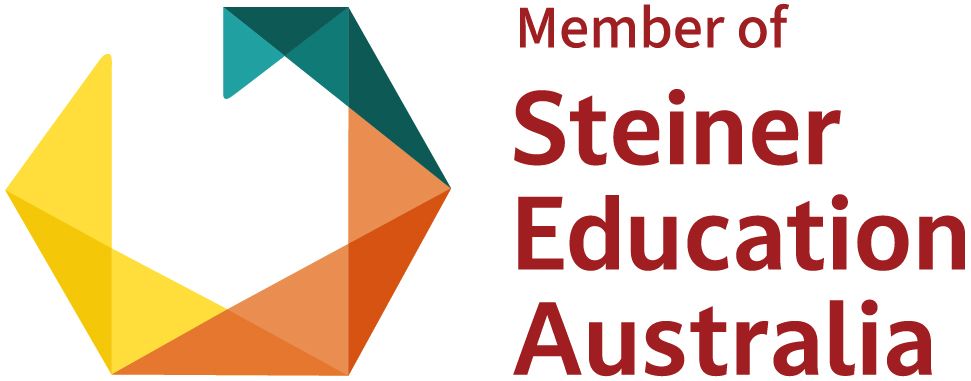ABN: 55 173 177 370
The Role of Specialist Subjects in a Steiner School
By Aimee Waller
One of the many things that sets a Steiner School apart is the unique specialist subjects that are offered, which provide students with both practical skills and experiences, and nourishes their body, mind, and soul. As we educate heads, hearts and hands, the arts and the practical skills that are an essential part of the curriculum, make an important contribution to educating the whole child.
Rudolf Steiner talked about the importance of the education of the ‘whole human being.’
Alongside the classroom curriculum, the specialist subjects complement and enhance this idea of educating the whole child. When a child attends a Steiner school, they often experience lessons in handwork, woodwork, a foreign language, and a music program, involving all students playing a string instrument and being involved in a string orchestra.
Let us delve into the importance of these specialist subjects, where ideally every experience meets the child’s needs and the curriculum is meticulously planned to provide an education that prepares them for all aspects of life.
HANDWORK
Rudolf Steiner, when speaking of handwork in the school curriculum, said that the purpose was not to train weavers and potters, but rather to have students practise such work, so that they finish school with basic confidence to manage practical life challenges. The curriculum's aim is to awaken creative powers and provide students with practical products which they are able to use. Handwork engages the soul spirit nature of the child, while providing opportunities to create, play, grow, learn, and develop critical skills.
In the industrial age, instead of making and creating, we are conditioned to purchase and instead of first hand experiences, we get our information at the click of a button.
The art of patience, perseverance, and the appreciation of where our products come from is somewhat lost amongst the convenience to purchase, while playing and creating is lost with the busyness of our day-to-day lives.
With progress, also comes the loss of fine motor skill development and we see in this age, a rising need for Occupational Therapists to come to the rescue to fill in those gaps that were missed due to our technology advancements and busy lives.
Time on iPads, computers and various toys deprive our children of fundamental movement skills.
In contrast, handwork allows students to develop their fine motor skills. Knitting and ‘crossing the midline’ activities such as cross-stitch, are examples that are helpful in aspects of life. In Kindy, students learn how to ‘finger knit’ and use a loom both of which require the manipulation of little fingers, creating beautiful beanies and bags. In the later classes the children learn to knit with needles.
The art of knitting teaches and offers more than abstract concept proficiency. As an example, creating art from wool also teaches simple and complex mathematics; hand, eye, and brain coordination; sensory integration; and resiliency of habit, all while promoting peace of mind.
Practical life-skills can enhance communication skills, as students learn and share where their products and tools originate. When a t-shirt is purchased from a shop, students may not know where it originated or how it was made. In handwork class the younger students learn where the wool comes from and how it can be spun on a spinning wheel, dyed, and rolled into a ball ready to knit.
Additionally, in a handwork class students learn the beauty of colours and how they complement each other, as well as how to prepare, organise and pack away materials. Everything has a place and a purpose. There is little waste, as thrums; the little pieces of scrap wool; can be saved and used later.
A strong ‘will force’ is required for handwork, as threads snap and wool unravels, stitches are skipped, and holes are made.
The ‘will’ to undo and redo and stick with it can be very frustrating for the students, and adults for that matter! At the end of the practice, when students break through this frustration and produce a practical garment, toy, or tool they are filled with a sense of achievement and a swell of pride and joy with the reality that they have created something beautiful and useful.
At West Coast Steiner we value the opportunity to create and appreciate practical and artistic skills. Children construct toys such as chickens, sheep, gnomes, dolls, and garments such as socks and beanies, while their teachers encourage them to use their ‘will force’ and creative talents. Students are always excited showing their creations that can be used so practically and which took many weeks to create.
WOODWORK
Formal woodwork classes begin around Class 5 when the students are undergoing particular physical and mental development milestones. Susan Laing, an Australian researcher, and educator, asserts that the eleven-year-old experiences “a youthful enthusiasm, insatiable sociability, a relentless need for movement, self-centeredness and a tendency to create chaos and confusion.”
Woodwork is a hands-on practical craft that requires the student to go deeply into the material with great focus, as they solve problems, learn new skills, and create something tangible, useful, and beautiful. It creates a means for the older child to create, move and learn.
As with handcraft, woodwork requires great will and perseverance, as each indelicate turn of a chisel is a lesson in patience and resilience. The process of carving and seeing a project through to the end is a wonderful way to develop the ‘will’ and celebrate success. Woodwork is a highly creative process that connects the child with Mother Earth, as well as being very empowering, as the child transforms a block of wood into a useful tool.
Children learn about diverse types of wood and how to plane, carve and sculpt. They manage tools such as chisels, rasps and mallets focusing on their correct use and safety. The children learn the history of carpentry and use items from the past, such as the ‘shaving horse,’ which is typically used to create a round profile along a square piece of wood.
As with handwork, children learn to respect and appreciate their materials, develop, and refine hand-eye coordination and learn how to look after, handle and pack away their tools.
At West Coast Steiner we have a magnificent woodwork program for Classes 5 and 6, where the children create spoons, stools, mallets, and bowls.
Throughout each year they work on small group projects, learning many practical carpentry skills with our specialist Woodwork Teacher.
LEARNING A LANGUAGE
Extensive research on language learning concludes that learning another language improves a child’s cognition, their social skills and benefits their learning in other subjects.
What sets a Steiner school apart in the learning of a second language is the methodology used and the importance and focus placed on the development of such a skill.
In our school children are totally immersed in the language experience as the teacher fluently and exclusively speaks to the children from Class 1 in the chosen language. In the early years, the children listen to the telling of stories and they experience singing songs, speaking verse, and playing games. The teacher uses both their theatrical skills and emphasised movements to communicate. Children become adept in learning the basics of the language, including greetings, colours, and numbers. Although the children will not understand every word or the precise meaning they absorb the feeling and the distinct sounds and rhythms of the language.
In the later primary years, students learn to write and read in the language and discover the culture, customs, geography, and history of the places that converse in the language.
This encourages students to think more deeply about the influence of international cultures, creates a sense of the importance of diversity and fosters a sense of appreciation of the diverse ways of being in the world.
At West Coast Steiner children in Classes 1 to 6 have two German lessons a week. The lessons are carefully presented through drama, story, song, verse, and humour. The use of gesture, mime, pictures, and other visual props, such as puppets, toys, and artifacts, help the students develop a sense of the German Culture. The teacher focuses on pronunciation during verse and song and because the German language is very phonetic this makes spelling and grammar considerably easier.
MUSIC AND STRINGS PROGRAM
People of ancient times perceived that the cosmos was alive with musical tones. When they spoke to their gods in prayer, they sang because ‘they knew’ they came from a place surrounded by music. Music is a language and young children naturally sing and dance and experience the joy of melody and harmony. Rudolf Steiner stated that “what is experienced musically is really man’s hidden adaption to the inner harmonic-melodic relationships of cosmic existence out of which he is shaped.”
Steiner schools consider ‘the arts’ to be an integral part of a child’s life, so music forms a crucial element of every lesson.
This includes, in the early years, singing number songs in Mathematics lessons, and in the later primary years, singing songs of distant lands in Geography lessons. Recorder is introduced in the early primary years, Lyre in Class 2 and then string instruments; violin, viola, and cello; are introduced in Class 3. The older children participate in orchestra and choir and the study of music is woven into many aspects of the curriculum. Steiner emphasised the importance of experiencing live performed music rather than recorded, as ‘it is a lived experience in the moment rather than a mere mechanical one'.
In Class 2 the students begin to learn the Lyre with simple musical melodies taught through imitation. The Lyre is beautifully hand-crafted by the children’s parents and after many hours of challenging work, they hand the instrument over in a magical ceremony.
Another unique element to Steiner education is the Strings program.
Beginning in Class 3, with their melodies, children begin to move away from pentatonic tones to diatonic tones and start singing in rounds rather than a whole group. Steiner often emphasised the importance of moving from the whole to the part. The onset of the Strings program significantly coincides with the nine-year-old change, as children develop a greater understanding of their place in the world and are gaining independence and a strong sense of self. While beginning with the basics of how to play a string instrument, the children then move on to playing in trios, quartets, and the school orchestra.
The developed skill of playing in a group is important, as the children learn to listen to each other and develop the art of cohesion, teamwork, and unification.
Participation in an orchestra further develops musical skills, as they learn to follow a conductor and listen, developing an awareness of the surrounding music.
As with all musical endeavours within the Steiner school, whether singing or instrument playing, it is an essential part of the spirit of the school, as each child experiences music performances from their peers and each musical experience is introduced during the correct developmental milestone.
The musical and artistic focus of a Steiner school sets it apart from other schools.
What emanates from a child’s experiences with creating in handwork and woodwork, learning a second language, and the playing of an instrument, is a deep personal experience and a lifetime love of learning.

